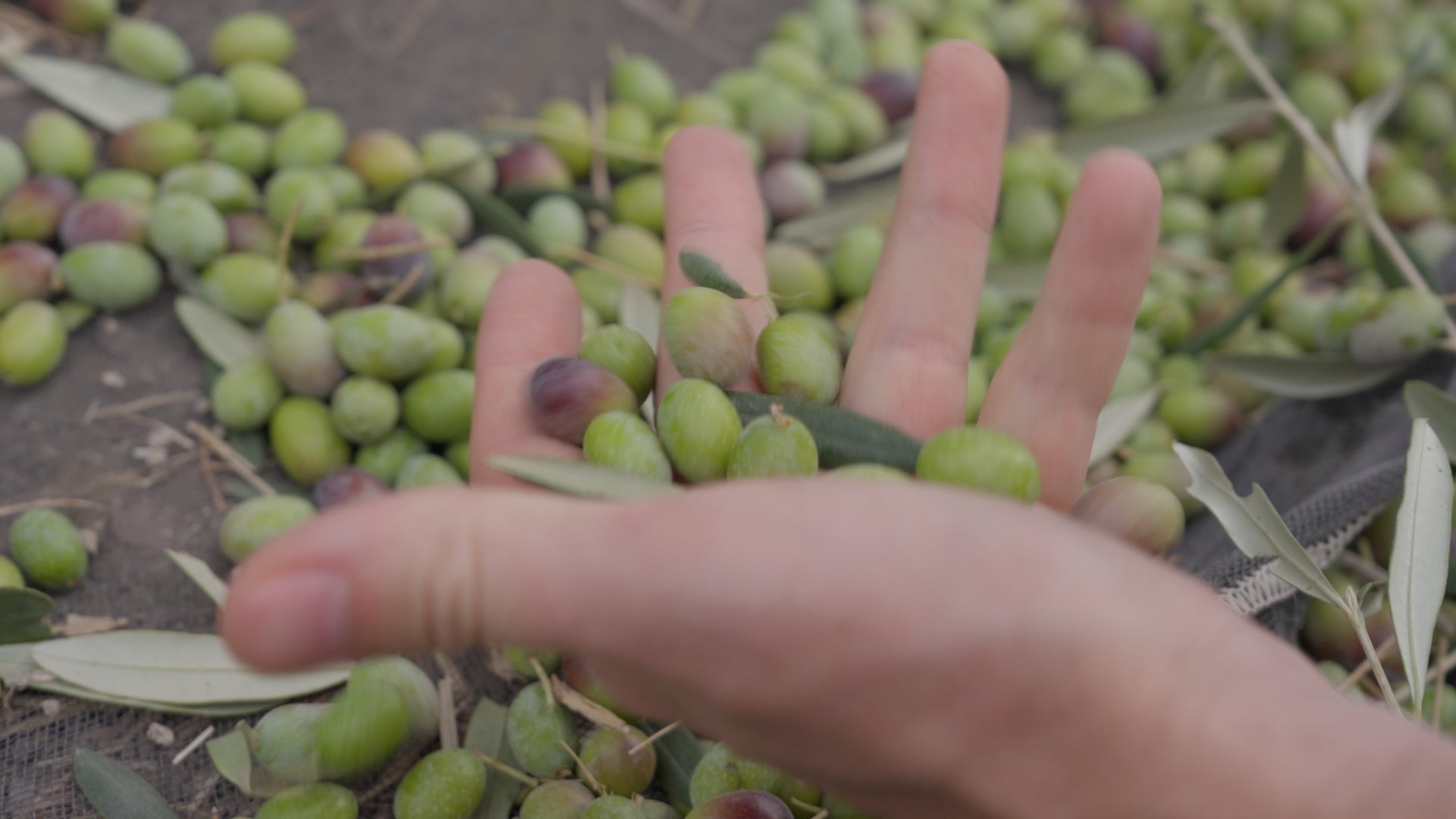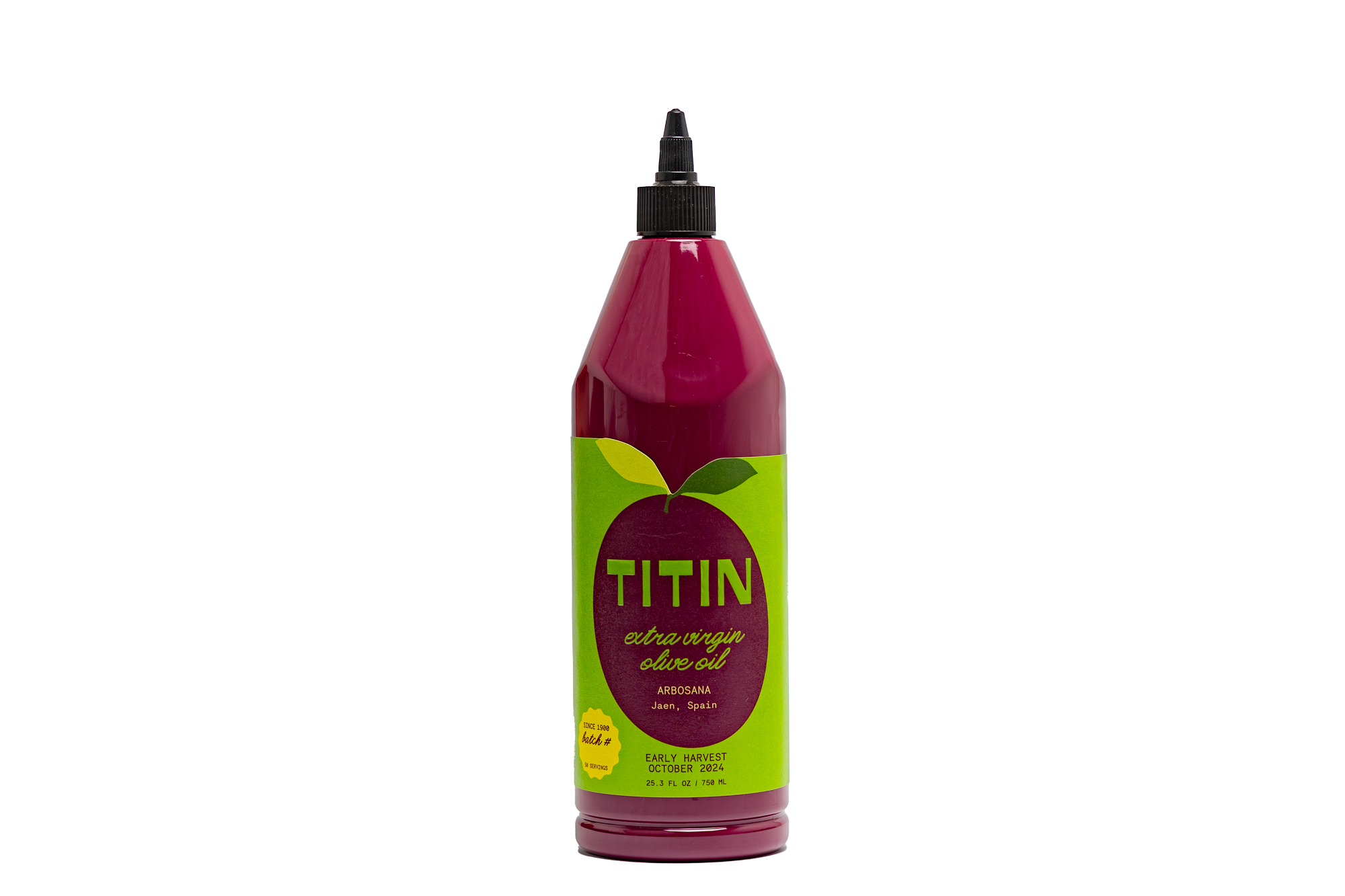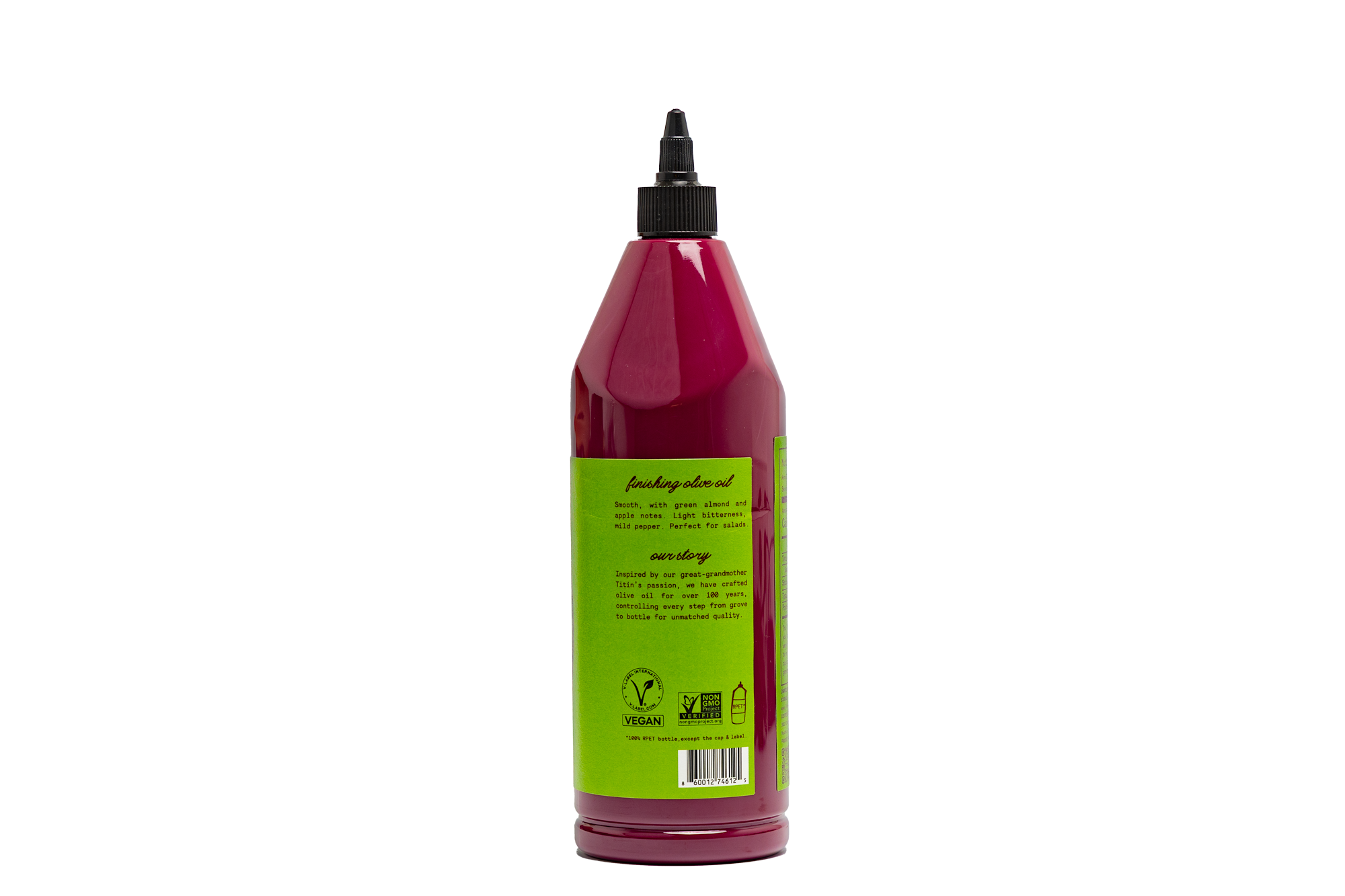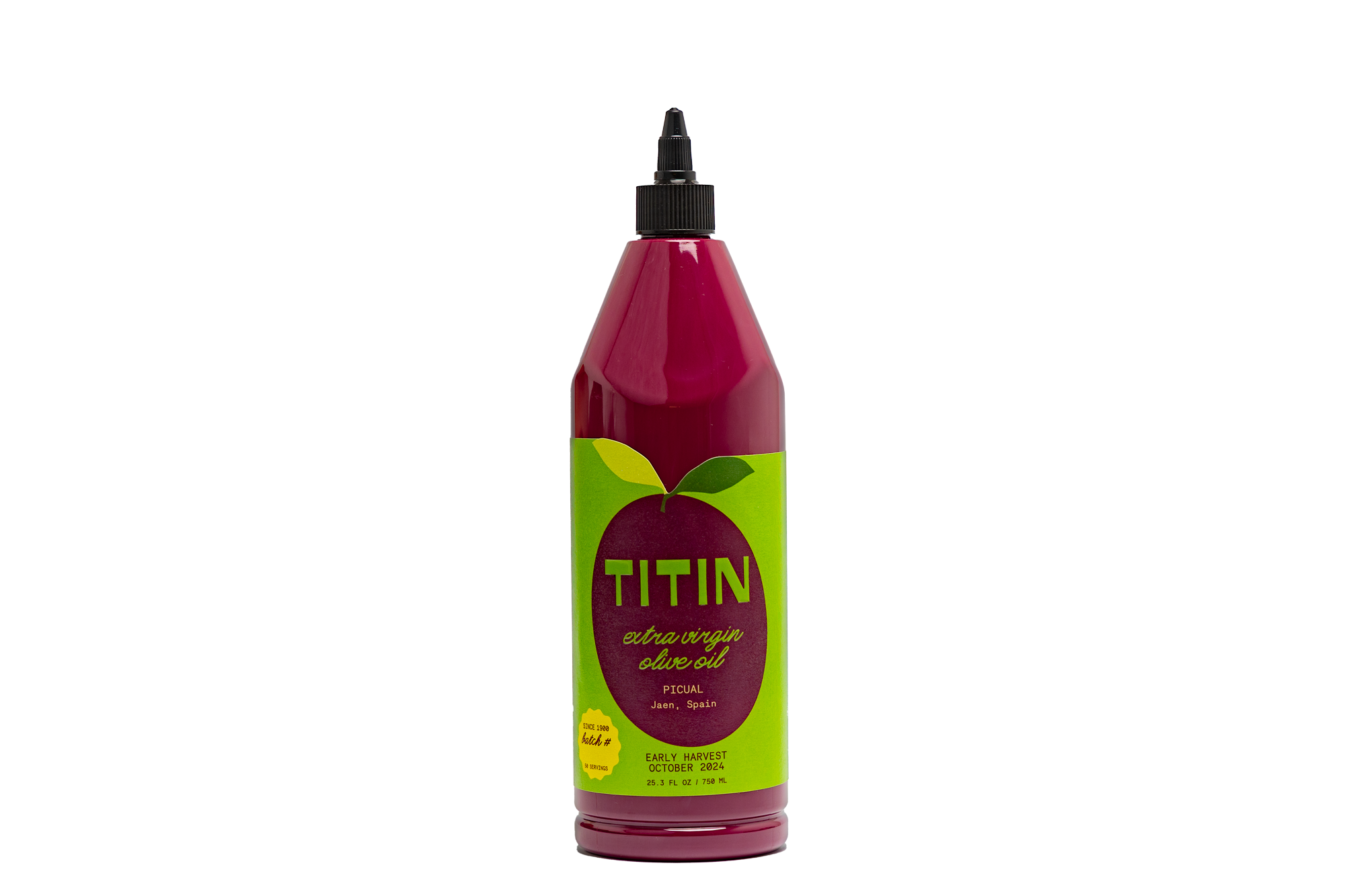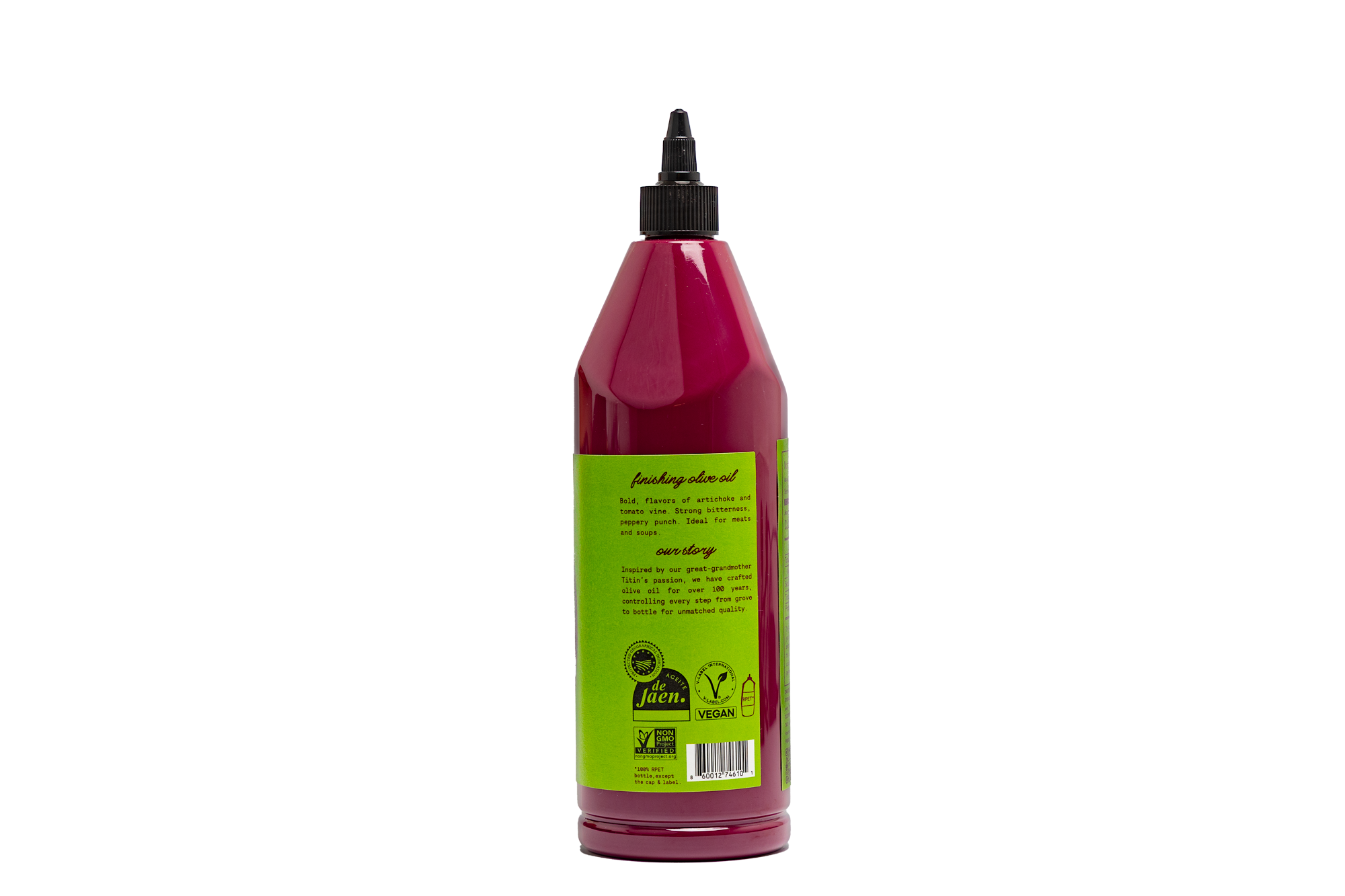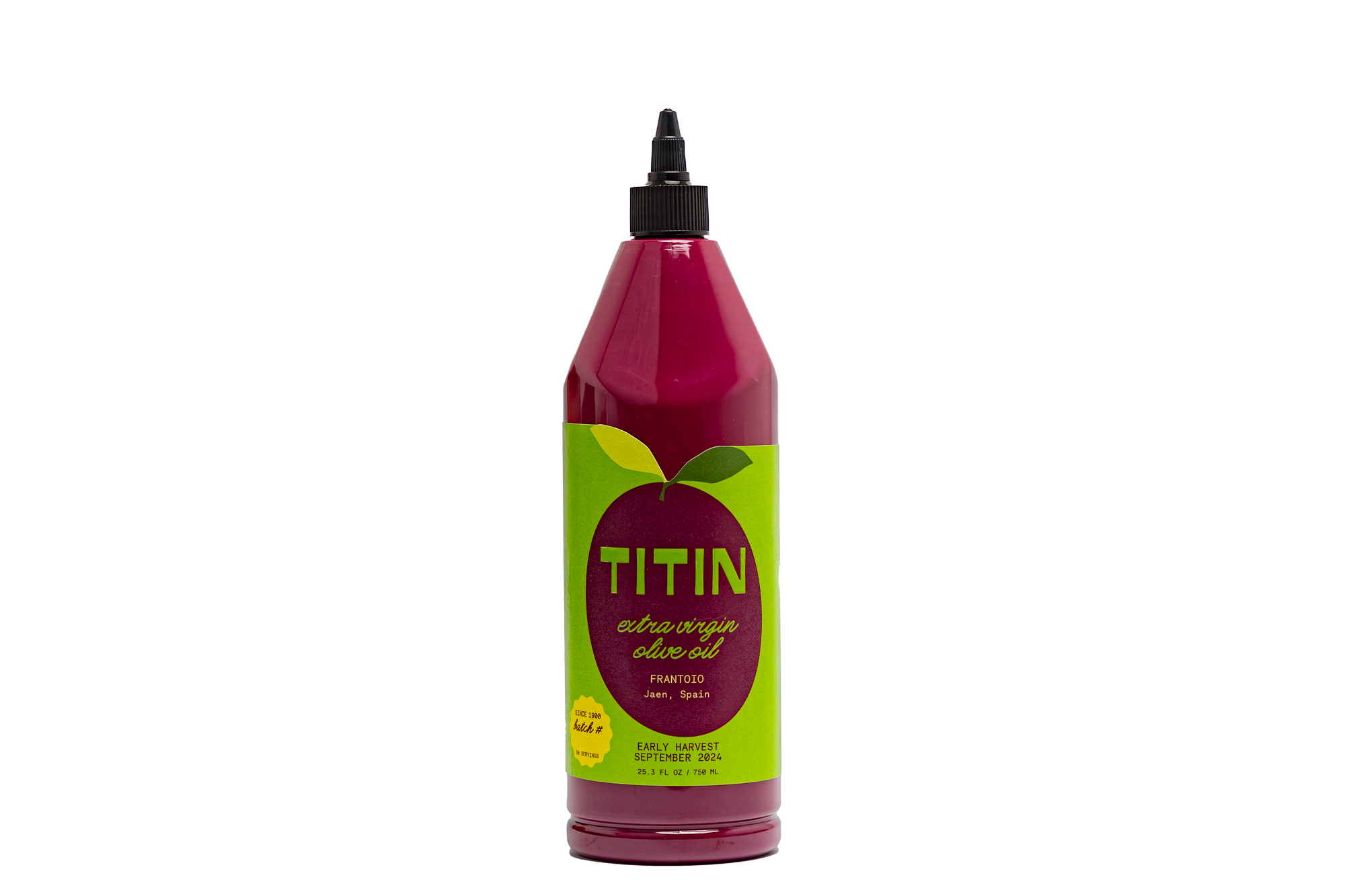Olive oil has been a cornerstone of Mediterranean cuisine for centuries. From drizzling over fresh salads to adding depth to slow-simmered stews, it’s one of the most versatile and beloved ingredients in the kitchen. Yet, when you walk down the grocery aisle, you’re met with different labels: virgin, extra virgin, pure, light.
Of all these, the most confusing distinction tends to be between virgin and extra virgin olive oil. They may sound similar, but the difference is more than just a marketing trick — it’s about flavor, quality, and health. Understanding these categories will help you make smarter choices when cooking, and ensure that you get the most out of this golden treasure.
What Makes an Olive Oil “Virgin”?
The term virgin refers to olive oil that is obtained purely by mechanical means — such as cold pressing — without any chemical refining. This is very different from most seed oils on the market, which often undergo heavy industrial processes. Virgin olive oils are natural, wholesome, and maintain much of the original character of the olive fruit.
However, within virgin olive oils there are categories. The most well-known are:
-
Virgin Olive Oil – A good quality oil that still meets natural production standards, but allows for slightly higher acidity and minor imperfections in taste.
-
Extra Virgin Olive Oil – The top-grade version, held to the highest standards of flavor, aroma, and chemical composition.
Both are real, natural olive oils — but extra virgin represents the very best.
Extra Virgin Olive Oil: The Gold Standard
Extra virgin olive oil (often shortened to EVOO) is widely regarded as the finest form of olive oil. To earn this label, the oil must meet extremely strict standards:
-
Acidity: Less than or equal to 0.8%. This number reflects the presence of free fatty acids and is one of the main indicators of quality. Lower acidity means the olives were healthier and processed quickly after harvest.
-
Sensory Profile: No defects in taste or aroma. The oil must be “fruity,” which means it carries the fresh aroma and taste of olives, often with notes of almond, green apple, tomato vine, artichoke, or pepper.
-
Production: Always extracted mechanically, usually cold-pressed, without excessive heat or chemicals that could damage flavor and nutrients.
The result is a robust, flavorful oil that carries both complexity and intensity — the kind that transforms a simple piece of bread into a gourmet experience.
Virgin Olive Oil: Still Good, But Less Refined
Virgin olive oil is also produced by mechanical means, but it allows for a bit more flexibility:
-
Acidity: Up to 2%. While still safe and healthy, this suggests the olives were either of slightly lower quality or were processed less quickly.
-
Sensory Profile: May have small flavor or aroma imperfections, and the fruitiness is often less pronounced.
-
Best Uses: Virgin olive oil is often better for cooking when the oil will blend with other flavors, rather than standing out on its own.
While still natural and much better than refined supermarket oils, virgin olive oil doesn’t deliver the same punch of flavor and antioxidants as extra virgin.
Comparison Chart: Virgin vs Extra Virgin Olive Oil
| Feature | Extra Virgin Olive Oil | Virgin Olive Oil |
|---|---|---|
| Acidity Level | ≤ 0.8% | Up to ~2% |
| Flavor & Aroma | Bold, fruity, peppery, complex; free of defects | Milder, may have slight imperfections |
| Nutritional Value | Highest in antioxidants and polyphenols | Still healthy, but slightly reduced |
| Production Method | Cold-pressed, strict standards | Cold-pressed, less strict |
| Best Uses | Dressings, dips, drizzling, finishing dishes | Everyday cooking with mild flavor |
Flavor: Where the Real Difference Lies
The true magic of extra virgin olive oil is in the flavor. A drizzle over ripe tomatoes, a splash on roasted vegetables, or a spoonful on a warm soup can completely transform a dish. Extra virgin oils often carry peppery notes that cause a pleasant tickle at the back of your throat — a sign of high polyphenol content, which is linked to antioxidant benefits.
Virgin olive oil, while still pleasant, tends to be flatter and less vibrant. It works well for sautéing or frying when you don’t want the oil to dominate the dish. But if you want olive oil to be the star, extra virgin is always the right choice.
Health Benefits: Why Extra Virgin Is King
Both virgin and extra virgin olive oils are good for you — far better than refined oils like canola, soybean, or sunflower. But EVOO has the edge:
-
Rich in Polyphenols – Natural plant compounds with antioxidant and anti-inflammatory effects.
-
Heart Health – EVOO supports healthy cholesterol levels and cardiovascular function.
-
Brain Support – Antioxidants and healthy fats contribute to long-term brain health.
-
Anti-Inflammatory – The peppery sensation of some extra virgin oils is due to oleocanthal, a compound with anti-inflammatory properties similar to ibuprofen.
Virgin olive oil still retains some of these compounds, but in smaller amounts. If you want the maximum nutritional benefit, EVOO is the way to go.
Cooking with Virgin and Extra Virgin Olive Oil
A common question is whether you can cook with extra virgin olive oil. The answer is yes — especially for low-to-medium heat. EVOO is stable thanks to its high antioxidant content and can safely be used for sautéing vegetables, grilling fish, or even baking.
However, many chefs prefer to reserve the most flavorful extra virgin oils for raw uses — dressings, finishing dishes, or dipping — to highlight their complexity. Virgin olive oil, with its milder flavor, is often used in everyday cooking where the oil won’t be the main highlight.
How to Choose the Best Olive Oil
-
Check the Harvest Date – Fresher is always better. Look for oils bottled within the past year.
-
Look at the Packaging – Dark bottles or tins protect against light and oxidation.
-
Go for Single-Origin – Oils from one region or variety often have better traceability and flavor consistency.
-
Taste It – Fresh extra virgin should smell like fresh fruit, grass, or herbs, not musty or rancid.
FAQs About Virgin and Extra Virgin Olive Oil
1. Is extra virgin always better?
Yes, if you want the best flavor and health benefits. Virgin is still good but lacks the same intensity.
2. Can I fry with extra virgin olive oil?
Yes. It has a smoke point around 375–410°F, which is suitable for most home cooking.
3. Why is extra virgin more expensive?
It requires the best olives, harvested at the right time, and handled with great care.
4. Does olive oil expire?
Yes. Use it within 12–18 months of harvest, and within 2–3 months of opening.
5. How can I store olive oil?
Keep it in a cool, dark place. Avoid storing near the stove, where heat speeds up oxidation.
Why Choose Titin Extra Virgin Olive Oil?
At Titin, we go beyond just “extra virgin.” Every bottle of Titin Extra Virgin Olive Oil is:
-
Single-origin, single-variety – grown in Spain with full traceability.
-
Cold-pressed within hours of harvest to preserve flavor and nutrients.
-
Balanced and bold, with notes of almond, artichoke, and tomato vine.
-
Bottled with care, protecting freshness until it reaches your kitchen.
Experience the authentic flavor of Spain. Shop Titin Extra Virgin Olive Oil today.

